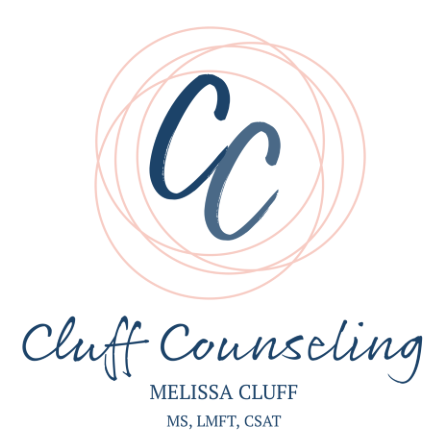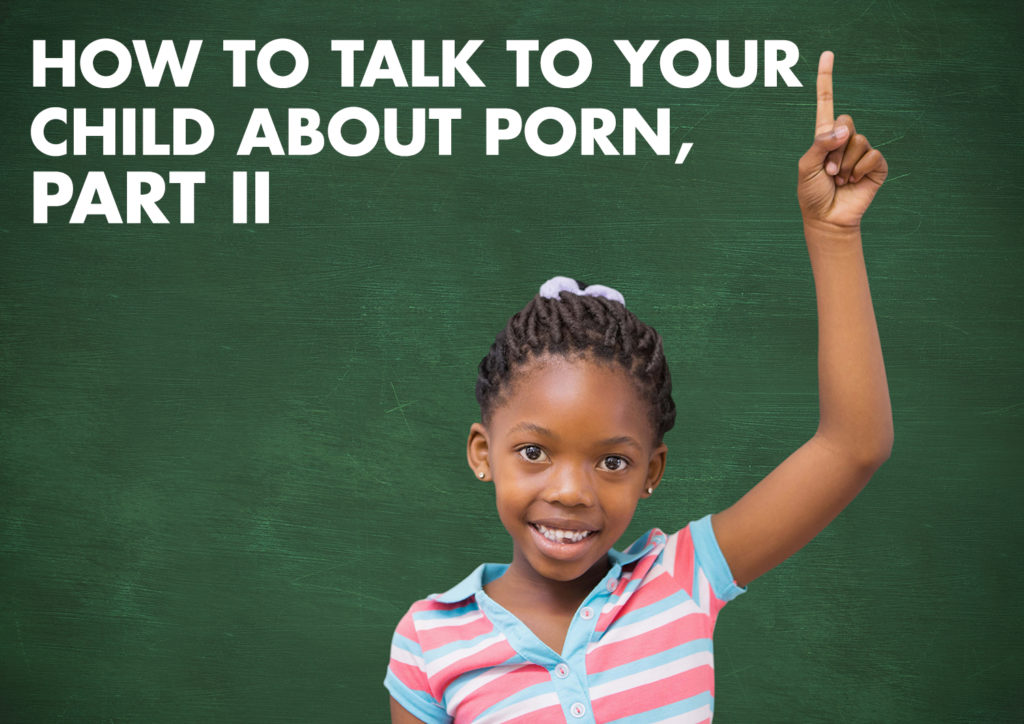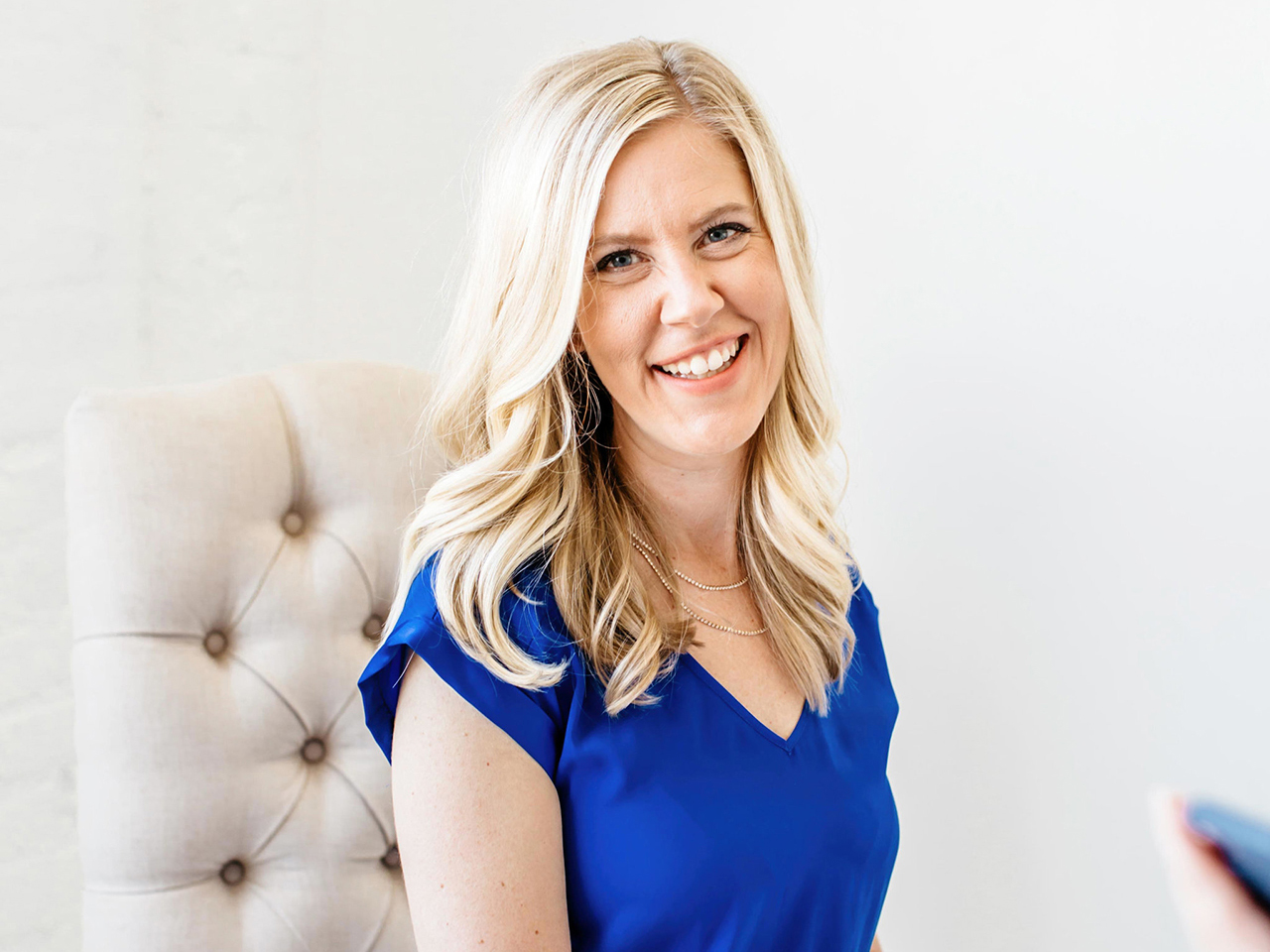DESIGNED BY FREEPIK
No parent wants to talk with their children about pornography. It can seem overwhelming, uncomfortable, and maybe unnecessarily early–depending on the age of your child. While there may be validity to all those feelings, I urge you to communicate openly, honestly, and early with your child about the fallacies and dangers of pornography… before they learn about it elsewhere.
Children are now learning to use electronic devices at a very young age, and often stumble upon inappropriate pictures or videos. Like many others, you may be caught off guard and quite surprised by how early in your child’s life this happens. Upon entering puberty, pre-teens may be curious about sex and sexuality as their brain, body, and hormones change and develop. Your children may hear things in the playground or at a friend’s house. Inevitably, they will want to know more and asking Mom or Dad about sex can be embarrassing. You can be ready for this conversation by preparing some talking points and creating an environment of open communication. You will be grateful you did so!
Last month, I posted the first part in this two-part series on talking with your children about pornography. The world is different than it was 20 years ago; the ease and and convenience of viewing porn at our fingertips–plus the increased dependence on technology–is a recipe for disaster. We must adapt to the pervasive and dangerous drug that is sweeping through our internet, TVs, phones, and homes. It is everywhere. Your children will see porn; it is a matter of when, not if. My wish with this post is to help you prepare for when you decide to talk with your children about pornography. I know it seems like a daunting, horrible thing to need to talk about, and you may want to put it off as long as possible, but I urge you to read this post and mindfully consider what will be best for your child(ren).
Part 1 focused on 9 foundational points that will help guide you as you prepare for this conversation (or hopefully the first of many conversations) with your children. Click here to read that post in its entirety. To briefly summarize, those 9 points are:
- Build trust.
- Talk about it sooner rather than later.
- Prepare for it now.
- Explain why porn is problematic.
- Teach that porn is inaccurate.
- Treat pornography the same for your daughter as you would your son.
- Teach them (especially daughters) that their worth is more than skin deep.
- What to do if my child comes to me with a porn addiction.
- Make it an ongoing conversation.
Again, I recommend reviewing that post because I explained each point in greater detail that will offer clarity and guidance as you apply them. The most important thing about this talk is that you deliver it with the needs/preferences/personality of your individual children in mind. Follow your innate parent gut and speak with love.
What do I say?!
It is 100% natural to have no idea where to begin. Might I suggest that you begin by asking questions and then LISTEN. Encourage two-way conversation. Questions may include (but are not limited to) the following: What do you know about pornography? Do any of the kids at school ever talk about it? What do they say? Have you ever seen it? Did someone show it to you? Or did you find it yourself? You may be surprised and/or horrified by their responses, but try to remain calm. Reassure your child(ren) they are not in trouble. Try to find out how they found it and why they were searching for it. If they have seen it, ask when/where they saw it and how it made them feel. Then discuss those feelings.
Because children are generally pure and tender, they may feel “yucky” for what they have seen.
Explain to them that pornography teaches attitudes towards sex and sexual behaviors that are inaccurate and unhealthy. I highly recommend utilizing the suggestions found in Kristen Jenson’s book Good Pictures Bad Pictures: Porn Proofing Today’s Kids. She explains how to make it a comfortable conversation about what pornography is, why it is dangerous, and how to reject it. By explaining porn in a developmentally appropriate way (found in the book), young kids are able to porn-proof their own brains. If having this conversation is making you feel nervous, remember that professionals actually encourage parents to have this talk with their children. Avoiding the subject will only lead your children to satisfy their curiosity by searching elsewhere!
You may choose to discuss some of the false content portrayed in pornographic material (such as lack of respect and consent, violence, and dangerous sexual practices) to help them understand why you are concerned about them viewing it. Talking about these feelings will help them understand that this is for their protection and not just another rule you wish to impose upon them.
Then help them prepare for the future. Ask them what they could do if someone tries to show them pornography again and let them suggest options. Discourage them from seeking it out and encourage them to come to you with further questions. Explain that you will put protection up to help avoid further exposure in your home (through parental controls on smartphones, TVs, computers, blocking certain sites, installing filters, etc). You can even work with your child to find ways to protect against pornography! Your children might surprise you by agreeing with or even suggesting certain ‘house rules’, such as not deliberately visiting these sites, avoiding searches with potentially dangerous keywords, using devices in open areas at home and not behind closed doors, being offline by a particular time of night, no sleepovers, keeping phones in mom and dad’s room at night, etc. Together come up with consequences, and then as the parent, enforce the rules.
Okay so at what age do I do this?
This will depend on you. There is no hard and fast rule. Devorah Heitner, author of Screenwise: Helping Kids Thrive (and Survive) in Their Digital World, says parents can talk about potential issues as early as third grade, because even the youngest children can pretty easily find things like pornography online. I know several families who have this chat as early as eight years old. Basically, follow your gut. If you are thinking about this already, there is probably a reason! And remember my final suggestion from Part 1 of this post, to make this an ongoing conversation. Let your children know that you are always available and willing to continue the discussion, and encourage them to come to you before looking elsewhere. And as they grow and progress developmentally, I invite you to tailor this same conversation to their understanding.
No one looks forward to having the pornography chat with their children. But you must have this conversation in order to protect and prepare them. If you still have questions or concerns after reading this series on talking with children about porn, please feel free to contact me! Please remember–pornography is not just a male or an adult problem, it is a human problem. The children in your life need protection from pornography. They need to understand what it is, why it is harmful, and have a plan when they see it. And they need to have our support through loving, mentoring relationships, and know that we will be there for them when (not if!) they see porn. Keep it short. Be honest. Try to make it part of an ongoing and open discussion about sexuality and sexual development. Let’s have the wisdom, courage, and compassion to face this problem head on so that our youth will not have to face it alone.
Melissa Cluff is a licensed marriage and family therapist based in Lewisville, Texas, personally seeing clients in the North Dallas area.
Resources:
- Australian Government: “How to talk to under 8’s about pornography”
- Australian Government: “Talking to your 8-12 year old about pornography”
- Break the Cycle: “Talking to Your Child About Pornography”
- Cluff Counseling: “Addiction 101: The Analogy of the Driver’s Seat”
- Cluff Counseling: “Choosing the Right Therapist for You”
- Cluff Counseling: “Men Are Not the Only Ones Addicted to Porn”
- Cluff Counseling: “The New Drug”
- Cluff Counseling: “Strength in Numbers: Support Groups”
- Cluff Counseling: “The Truth Behind the Increase in Teen Suicide”
- Cluff Counseling: “Willpower: The Powerful Pre-Step in Addiction Recovery”
- Heitner, Devorah: Screenwise: Helping Kids Thrive (and Survive) in Their Digital World
- Huffington Post: “I Caught My Child Looking at Porn — What Do I Do?”
- Jenson, Kristen A: Good Pictures Bad Pictures Jr.: A Simple Plan to Protect Young Minds
- LDS Living: “Why Women Struggle with Pornography Too + 5 Ways to Talk with Your Daughter About It”
- Mormon Channel: “Landscape of the Mind: Addiction Explained”
- Protect Young Minds: “Good Pictures Bad Pictures”
- Time: “How to Talk to Your Kids About Porn”
- Washington Post: “When to talk to kids about Internet porn? Sooner than parents think.”


